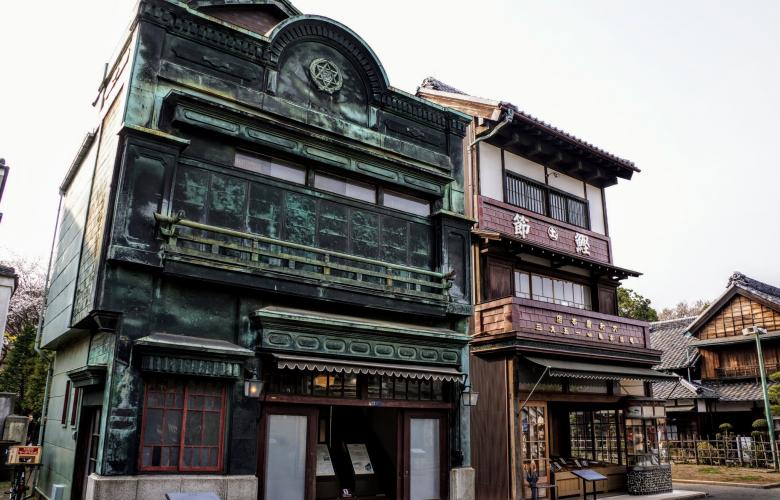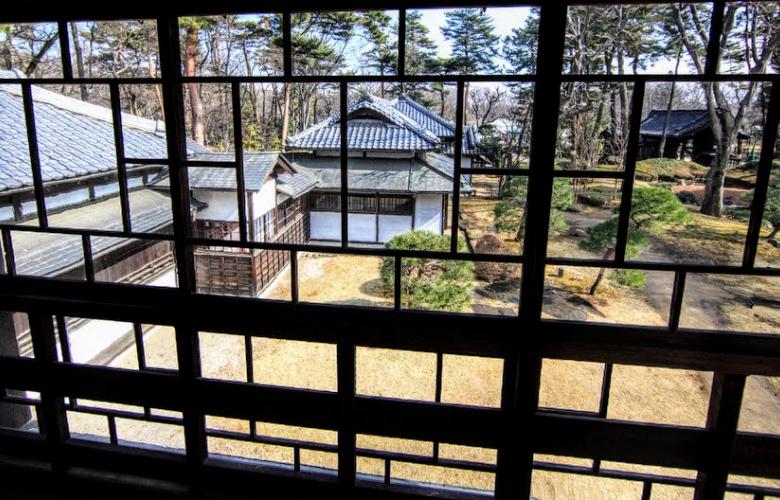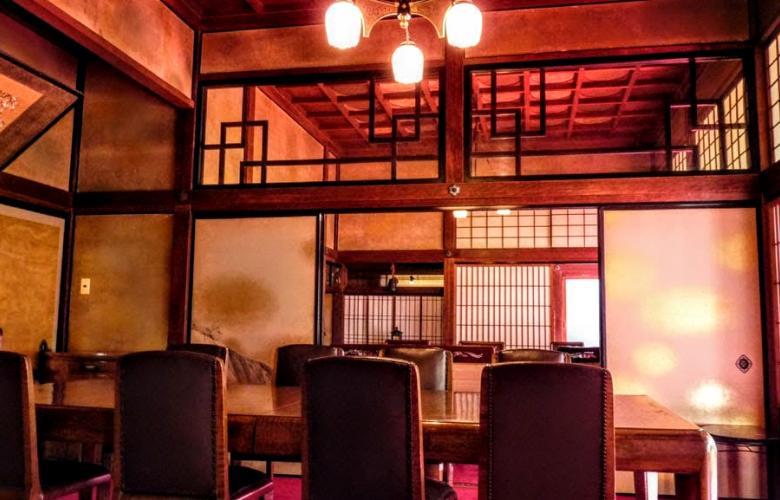Located in a quiet corner of Koganei Park in a western suburb of Tokyo, the Edo-Tokyo Open Air Architectural Museum is a fantastic opportunity to see the history of Tokyo's architecture all in one place. Created in 1993 by the Tokyo Metropolitan Government, the park is a branch of the Edo-Tokyo Museum in Ryogoku and focuses on buildings of historical architectural value from the region. In a nation where buildings are lost to fire, earthquake, war or just modernization, this park aims to protect properties of interest for future generations.
Properties deemed of significant importance are carefully relocated and reconstructed to ensure they are perfectly preserved and displayed for visitors, with the entire museum run by volunteers. The buildings range from family farmhouses to mausoleums, bathhouses to photography studios, and date between the 17th and 20th centuries, displaying traditional building techniques and art-deco design within feet of each other.
Although it's only 25 minutes from busy Shinjuku, the park offers a surreal escape into the many pasts of Tokyo, with opportunities to not only admire the building exteriors, but to step inside too.
Zones of the Edo-Tokyo Open Air Architectural Museum
The museum is divided into three different zones, with each one focusing on a different collection of buildings and all offering a different view of Japanese architecture through the ages.
Central Zone
The Central Zone contain six buildings of high historical value. It welcomes guests with a visitor center located within the Kokaden Palace which was built to house ceremonies in the Imperial Palace in 1940, before being relocated here.
Nearby you can find the tea arbor Kaisuian and the Jisho-in Mausoleum which was built by the wife of Mitsumoto Tokugawa in 1652 in memory of her mother and is one of the most impressive sights in the museum. This section is also host to the home of the assassinated former prime minister of Japan Korekiyo Takahashi. The illegitimate son of a court painter at an Edo-castle and later adopted by a low-level samurai, he was credited with bringing Japan out of a depression following his death inflation soared.
East Zone
The East Zone has 14 different business-based buildings and creates a shitamachi-style street with most buildings from the Edo and Showa periods. You can visit a traditional bar (Kagiya), a soy-sauce shop, a tailor's workshop, florist, cosmetics store and a paper-umbrella store.The shops have original displays and are painstakingly restored to reflect their role in a comunity that has long since faded.
At the end of the street is a large bathhouse called Kodakura-yu which may just be enough to tip the balance and remind you of a certain Ghibli film. This is more than just a coincidence however, as Miyazaki himself was known to visit the museum to sketch the streets, using them as inspiration for the magical world in Spirited Away.
West Zone
Finally, the West Zone focuses on residential properties with a few exceptions, and includes possibly the greatest variety of styles and designs. The ten properties of this area include traditional family farmhouses belonging to the Yoshino and Tsunashima families which offer a great insight into the simple homesteads of working-class families. Alongside them is the elevated granary transported all the way from Amami Oshima. Two of the most interesting properties in the section belonged to esteemed architects of the past: George De Lalande and Kunio Mayekawa.
Lalande was a German architect who designed countless properties across Japan, mostly in the Yokohama and Tokyo areas, although most have since been lost. Mayekawa, from Niigata, was known for designing the Tokyo Bunka Kaikan Building and traveled to France with Le Corbusier. His home was considered his architectural starting point as he brought the concept of pilotis (pillars) into the home to create a two-storey space.
Another exception property in this section is the Koide House, designed by Sutemi Horiguchi, historian and leader of the Japanese Modernism movement. Having travelled in Europe, Horiguchi combined traditional Japanese styles with Western ones to form a hybrid house. Originally from Gifu Prefecture, he was an expert in sukiya-zukuri architecture and worked to re-build the 16th century Golden Tea Room in Shizuoka.
One of the more modern properties is the art-deco Tokiwadai Photography Studio which was transported from the suburban development of Tokiwadai. Nicknamed the Denenchofu of Itabashi (as Denenchofu was considered to be the first garden city of Tokyo) the area has tree-lined promenades, protected park areas and pedestrian footpaths as well as creative architecture.
A fantastic place to explore on a sunny afternoon, the Edo-Tokyo Open Air Architectural Museum offers a unique chance to experience the developement of style and functionality of Japan's local architecture across classes, locations and ages.
By Lily Crossley-Baxter
Similar to this:
The Bluff: Yokohama's foreign streets from years gone by
Making a house a (typical) home in Japan
Weird and wonderful: Japan's unconventional houses











